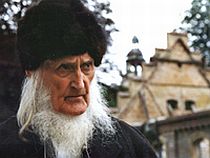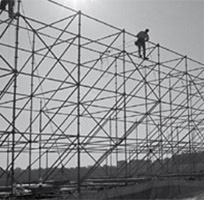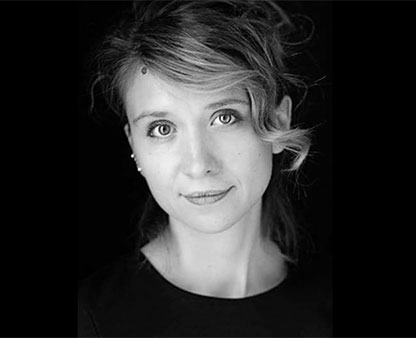
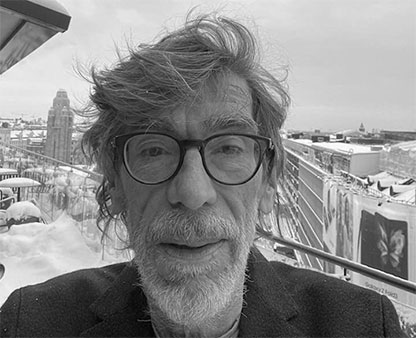
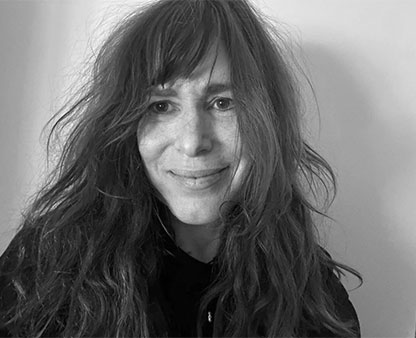
Film og orgel
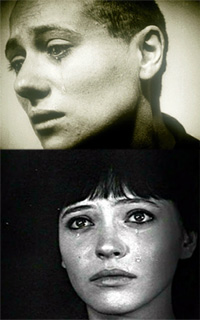
Den berømte engelske orgelvirtuos Nigel Allcoat gennemfører onsdag 27. februar 19:30 i Sct. Mortens Kirke i Randers sine improvisationer til Carl Th. Dreyers Jeanne d’Arcs lidelse og død, 1928. Den stumme film vises i kirken og Allcoat improviserer på orglet aftenens unikke filmlyd.
“Carl Th. Dreyers sidste stumfilm er blandt de mest berømte værker i filmhistorien. Den mangler sjældent i “verdens ti bedste film” lister. Få film er blevet studeret og analyseret så omfattende i bøger og artikler, og sommetider føler man, at selve filmen er begravet i teori og æstetik. Men et sandt klassisk kunstværk som La passion de Jeanne d’Arc rammer og bevæger publikum med dets smukke enkelthed. Det er en ren tragedie om en ung lidende kvinde kæmpende i en fjendtlig verden. Den fineste hyldest til filmen er nok Jean-Luc Godards: i hans film Vivre sa vie bliver den prostituerede (spillet af Anna Karina) dybt bevæget af Dreyers skildring af den legendariske heltinde da hun i 60’erne ser filmen i en Paris biograf. Hun kan identificere sig med den plagede unge kvinde i denne tidløse film…” (Ib Monty)
Læs hele artiklen på http://64.233.183.104/search?q=cache:MvTZ6O4GoaQJ:www.filmreference.com/Films-Or-Pi/La-Passion-de-Jeanne-D-Arc.html+%22Jeanne+d%27Arc+%2B+Dreyer%22&hl=da&ct=clnk&cd=4&gl=dk
Nigel Allcoat er født Leicester og uddannet som pianist, organist, komponist og lærer. Som improvisator betragtes han som blandt verdens førende og som virtuos. Han har givet snesevis af koncerter på danske orgler. I Sct. Knuds Kirke i Odense har han indspillet en CD med improvisationer til Claus Bergs altertavle. Hans improvisationer til Jeanne d’Arcs lidelse og død er tidligere blandt andet gennemført i Haderslev Domkirke.
Se yderligere information på http://sctmortenskirke.folkekirken.dk/index.php?id=4153&tx_calendar_pi1[f1]=8246&cHash=713b52410a og på www.fof-randers.dk

